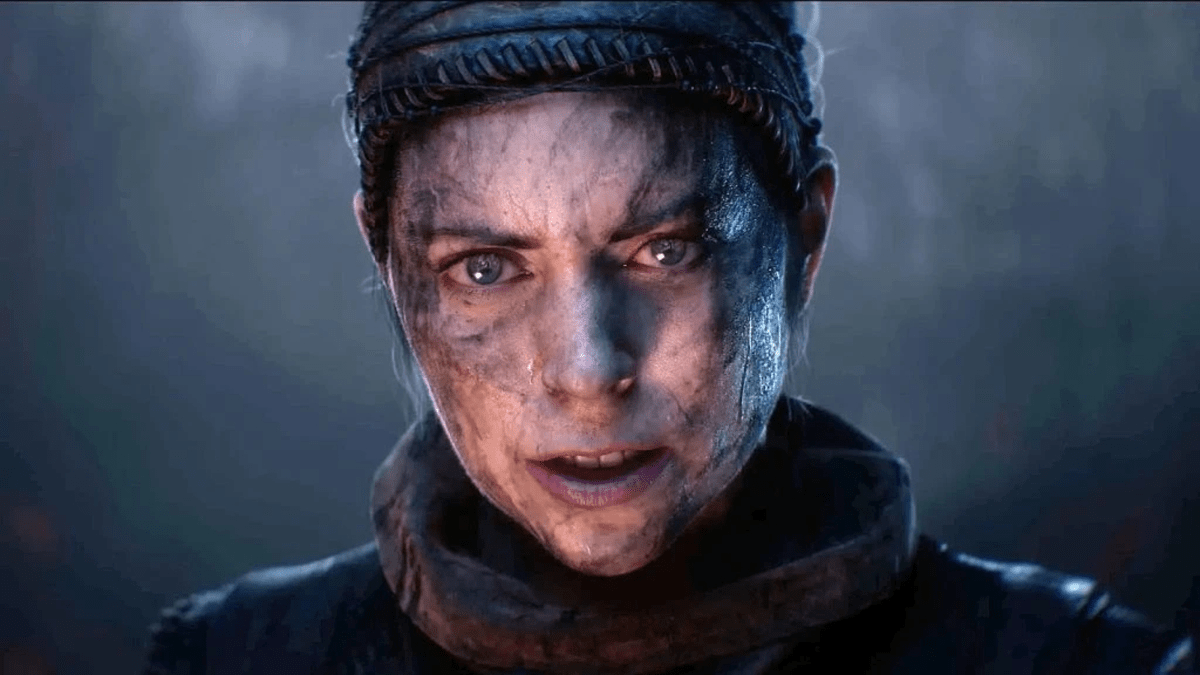Senua’s Saga: Hellblade 2 delves deeper into Norse mythology, intertwining it with its narrative and gameplay. One significant aspect drawn from Norse folklore is the presence of the Draugr, terrifying beings that serve as a prominent threat in the game.
In Hellblade 2, the Draugr are initially encountered as a cult-like group, engaging in gruesome rituals and acts of violence. Drawing inspiration from Norse mythology, the Draugr are akin to zombies, spirits that have returned to inhabit their corpses. While the exact nature of these beings is not explicitly revealed, players learn through the game’s narrative that they are tied to the island’s history of chaos and starvation.
As the story unfolds, players discover that a volcanic eruption plunged the land into turmoil, leading to widespread famine and desperation. Many people succumbed to madness and starvation, potentially transforming into the Draugr, driven by an insatiable hunger that compels them to resort to violence and cannibalism.
The depiction of the Draugr in Hellblade 2 amplifies the game’s horror elements, combining psychological terror with body horror and gore. The encounters with the Draugr evoke a sense of dread and unease, particularly during ritualistic scenes where their violence is implied rather than explicitly shown. This approach allows players’ imaginations to fill in the gaps, intensifying the horror of the situation.
Furthermore, the design of the Draugr characters adds to their menacing presence, culminating in tense and claustrophobic sequences where players must navigate perilous environments infested with these monstrous creatures. The use of tight caverns and passageways amplifies the sense of danger, reminiscent of classic horror settings like “The Descent.”
Overall, Hellblade 2 skillfully incorporates Norse mythology into its narrative and gameplay, with the Draugr serving as formidable adversaries that contribute to the game’s immersive and chilling atmosphere.

